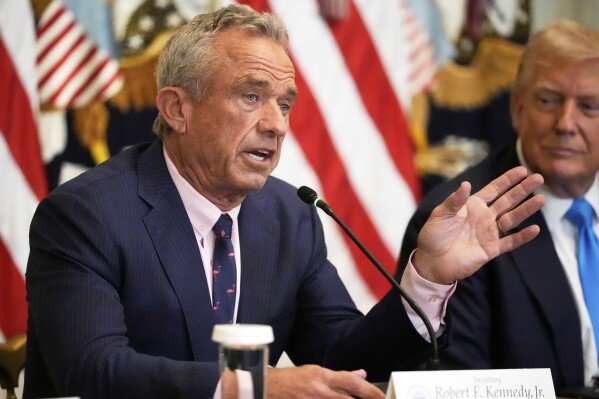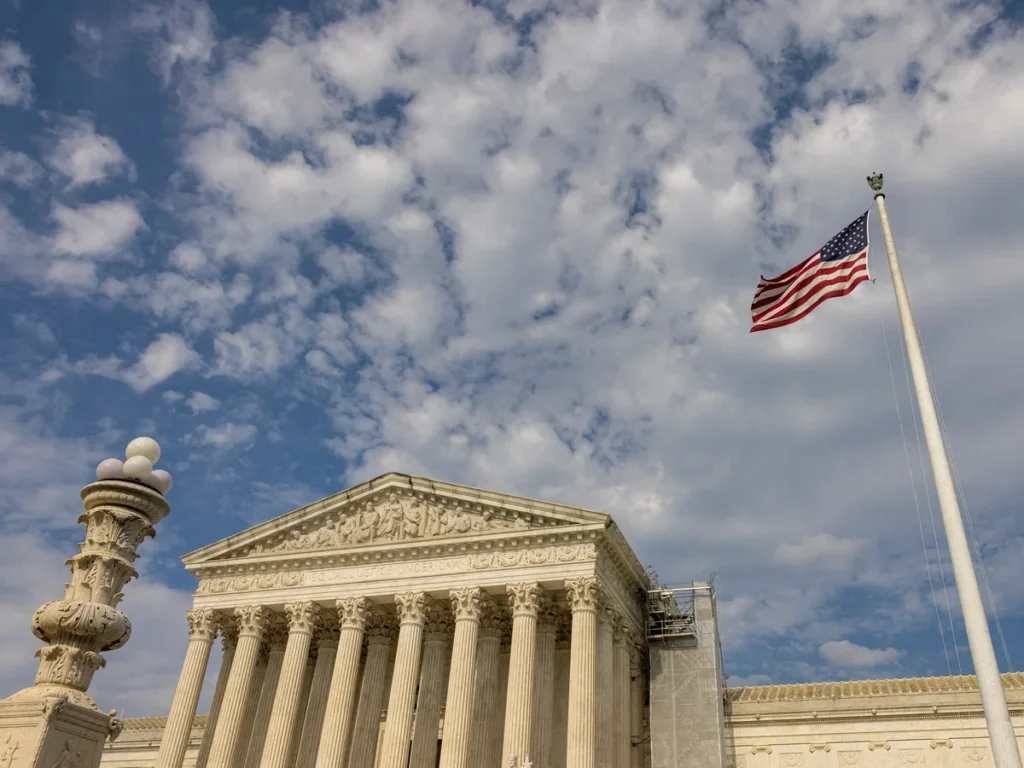The Supreme Court allows Trump to cut $783 million NIH DEI grants in a narrow 5–4 ruling issued on August 21, 2025. The decision lifted a lower court block and gave the green light to the Trump administration’s move to cancel diversity, equity, and inclusion-focused research grants at the National Institutes of Health (NIH).
The case has sparked major debate across the United States, with advocates of public health and scientific research warning of severe consequences, while supporters of the ruling argue that taxpayer dollars should not be spent on what they see as politically motivated programs.
What Was Decided?
The Court sided with the administration’s position that the government has the authority to cut or redirect NIH funding. Around $783 million in grants were specifically targeted because they focused on research areas such as minority health, LGBTQ+ health, and broader DEI initiatives.
The decision overturned a lower court’s injunction, which had blocked the cuts earlier this year. That ruling had described the funding reductions as unlawful and discriminatory.
Even though the Supreme Court allowed these cuts to go forward, the justices also left in place parts of the lower court’s decision that require certain broader DEI policy challenges to continue through the Court of Federal Claims. This means the legal battle is not entirely over.
Divided Justices and Strong Dissent
The case exposed deep divisions within the Supreme Court. Justice Ketanji Brown Jackson wrote a fiery dissent, calling the decision an example of “Calvinball jurisprudence,” a term borrowed from the comic strip Calvin and Hobbes to describe a game with constantly changing rules.

Chief Justice John Roberts, often a swing vote, sided with the liberal justices in dissent. He warned that such emergency rulings, delivered through what critics call the “shadow docket,” risk undermining public trust in the judiciary.
Supporters of the decision argue that the executive branch must have flexibility in determining how federal research dollars are spent. They say DEI programs may unfairly prioritize some groups over others and lack accountability.
Grants and Research Areas at Risk
The cuts affect ongoing NIH projects worth $783 million. These include critical research into:
- Breast cancer treatments
- Alzheimer’s disease prevention and care
- HIV prevention and treatment programs
- Mental health studies among marginalized communities
- Vaccine hesitancy and public health behavior
Researchers warn that abruptly halting these studies can disrupt careers, waste years of work, and undermine data collection that could have advanced medical breakthroughs.
Critics of the cuts also note that these grants often focused on underserved communities, meaning the decision could deepen existing health disparities across the country.
Wider Impact Beyond the $783 Million
The administration’s move against DEI-focused grants is not limited to this case. Reports suggest that nearly $12 billion in NIH projects have been affected by similar actions since early 2025. The Supreme Court’s ruling only directly applies to the $783 million in contested grants, but it could set the stage for more aggressive rollbacks in federal science funding tied to diversity or equity goals.
Other agencies, including the Centers for Disease Control and Prevention (CDC), NASA, and the National Science Foundation (NSF), have also seen funding cuts to programs framed as DEI-related.
Why This Decision Matters
Disruption of Public Health Research
Cutting active NIH studies risks setting back years of progress in public health. Many of the affected projects address diseases and issues that disproportionately affect minority and vulnerable populations.
Legal Precedent on Emergency Appeals
The ruling highlights the increasing use of the Supreme Court’s emergency docket to decide high-stakes cases without full argument. Critics say this reduces transparency and creates uncertainty.
Broader Government Policy Shifts
This decision reflects a larger ideological shift in the administration, which has sought to eliminate programs it views as politically motivated or biased under the banner of DEI.
Reactions From Stakeholders
Public health organizations and Democratic attorneys general who challenged the cuts described the decision as devastating. They warned of “incalculable losses in public health and human life” if the studies cannot continue.
Federal Judge William Young, who issued the earlier injunction, had called the cuts “breathtaking” and said he had never seen government discrimination of this scale in research funding decisions.
On the other side, administration officials argue that research funding should focus on merit and scientific value, not on advancing social or political agendas. They insist that taxpayers should not fund what they see as identity-driven projects.
What Happens Next?
The Supreme Court’s ruling is not the final word. The underlying case will continue in lower courts, where plaintiffs will attempt to prove that the administration acted unlawfully in implementing the cuts.

In the meantime, NIH researchers must begin winding down their projects unless Congress or future court rulings intervene. The uncertainty has already caused disruption, with some scientists warning that they may need to move their work abroad or abandon studies altogether.
This case also signals that DEI-related research could face continued challenges not only at NIH but across federal science agencies. Whether Congress steps in to restore funding or whether future administrations reverse course remains to be seen.
Conclusion
The Supreme Court allows Trump to cut $783 million NIH DEI grants, marking a turning point in the nation’s debate over science funding and diversity initiatives. The ruling has immediate consequences for critical health research, while also setting the stage for a broader fight over the role of DEI in federal policy.
With millions of dollars in projects already disrupted and the possibility of billions more in cuts ahead, the future of U.S. medical research and equity-focused studies hangs in the balance. For scientists, policymakers, and communities relying on these studies, the stakes could not be higher.
Do Follow USA Glory On Instagram
Read Next – Trump’s GOP Big Texas Win and Its Meaning






